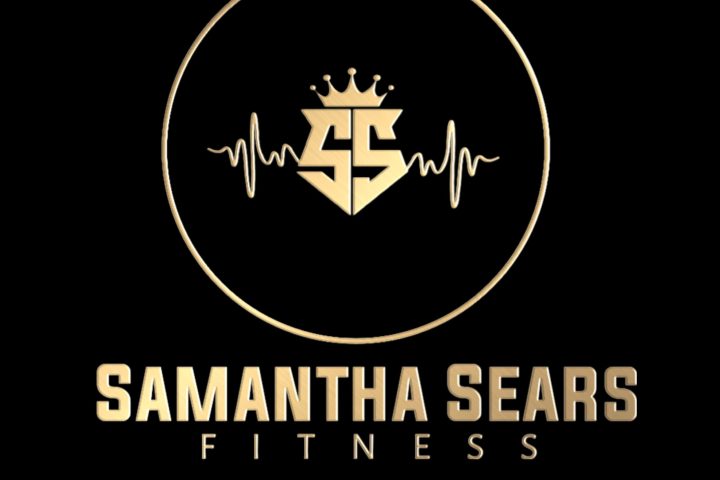
Strength training for pre-teens and teens is a topic that has garnered significant attention in recent years. As young athletes seek to improve their performance in various sports and individuals look to enhance their physical fitness, strength training becomes an appealing option. However, it’s essential to weigh the positives and negatives and implement age-appropriate programs to ensure safety and effectiveness.
The Positives of Strength Training for Pre-Teens and Teens
1. Improved Physical Health:
Strength training helps build muscle mass, increase bone density, and improve overall body composition. These benefits contribute to better posture, enhanced joint health, and reduced risk of injuries.
2. Enhanced Athletic Performance:
For young athletes, strength training can improve performance in sports by increasing strength, power, and endurance. It also aids in developing better coordination and agility.
3. Boosted Metabolism:
Building muscle through strength training can increase resting metabolic rate, helping teens manage their weight more effectively.
4. Mental Health Benefits:
Regular physical activity, including strength training, can improve mood, reduce anxiety, and boost self-esteem. It also teaches discipline and the value of hard work.
5. Lifelong Fitness Habits:
Introducing strength training at a young age can instill lifelong fitness habits. Teens who engage in regular exercise are more likely to continue these practices into adulthood.
The Negatives of Strength Training for Pre-Teens and Teens
1. Risk of Injury:
Improper technique, excessive weights, and lack of supervision can lead to injuries such as strains, sprains, and fractures. It’s crucial to ensure that strength training is performed safely.
2. Overtraining:
Young athletes may be tempted to train excessively, leading to overtraining syndrome, which can cause fatigue, decreased performance, and increased risk of injury.
3. Psychological Pressure:
Pressure to achieve specific physical outcomes can lead to negative body image and unhealthy behaviors. It’s important to focus on overall health and fitness rather than appearance.
4. Growth Plate Injuries:
In rare cases, improper weight training can damage the growth plates in bones, potentially affecting bone growth. This risk underscores the importance of proper supervision and technique.
Safe and Effective Workout Programs for Pre-Teens and Teens
When designing strength training programs for pre-teens and teens, it’s essential to prioritize safety, proper technique, and age-appropriate exercises. Here are some guidelines and sample workout programs:
1. Guidelines for Safe Strength Training:
Supervision: Ensure that exercises are supervised by a qualified coach or trainer.
Proper Technique: Focus on teaching proper form before increasing weights.
Age-Appropriate Exercises: Use bodyweight exercises and light resistance to start.
Gradual Progression: Gradually increase resistance as strength and technique improve.
Balanced Routine: Include exercises for all major muscle groups and incorporate flexibility and aerobic conditioning.
2. Sample Workout Programs:
Beginner Program for Pre-Teens (Ages 10-12):
Warm-Up: 5-10 minutes of light cardio (e.g., jogging, jumping jacks)
Bodyweight Squats: 2 sets of 10-15 reps
Push-Ups (modified if needed): 2 sets of 8-12 reps
Plank: 2 sets of 20-30 seconds
Standing Calf Raises: 2 sets of 15 reps
Cool Down: Stretching for all major muscle groups
Intermediate Program for Teens (Ages 13-15):
Warm-Up: 5-10 minutes of dynamic stretches and light cardio
Dumbbell Bench Press: 3 sets of 8-12 reps
Dumbbell Rows: 3 sets of 8-12 reps
Goblet Squats: 3 sets of 10-15 reps
Dumbbell Shoulder Press: 3 sets of 8-12 reps
Plank with Shoulder Taps: 3 sets of 15-20 taps
Cool Down: Stretching and foam rolling
Advanced Program for Older Teens (Ages 16-18):
Warm-Up: 5-10 minutes of dynamic stretches and mobility work
Barbell Squats: 4 sets of 6-10 reps
Deadlifts: 4 sets of 6-10 reps
Pull-Ups or Lat Pulldowns: 4 sets of 6-10 reps
Bench Press: 4 sets of 6-10 reps
Dumbbell Lunges: 3 sets of 10-12 reps per leg
Plank Variations (e.g., side planks, planks with leg lifts): 3 sets of 30-45 seconds each
Cool Down: Stretching and foam rolling
3. Important Considerations:
Rest and Recovery: Ensure adequate rest between workout days to allow for muscle recovery.
Nutrition: Encourage a balanced diet rich in protein, healthy fats, and carbohydrates to support growth and training.
Hydration: Emphasize the importance of staying hydrated before, during, and after workouts.
Conclusion
Strength training for pre-teens and teens can offer numerous physical and mental health benefits when done safely and appropriately. By focusing on proper technique, gradual progression, and balanced routines, young individuals can develop strength, improve athletic performance, and build lifelong fitness habits. It’s crucial to prioritize safety, ensure proper supervision, and maintain a focus on overall health and well-being to mitigate potential risks. With the right approach, strength training can be a valuable component of a young person’s fitness journey.
